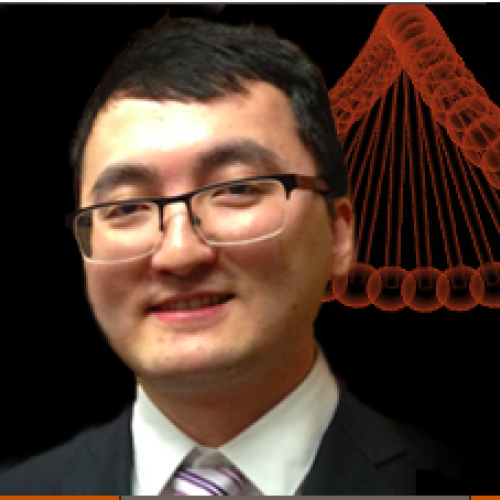
Assistant Professor of Chemical Biology & Medicinal Chemistry
Welcome to the Yang lab. We utilize a combination of techniques including biochemistry, molecular and cellular biology, organic synthesis and mass spectrometry to study DNA-protein cross-link (DPC), a type of extremely cytotoxic and mutagenic DNA damage.
DPCs are induced by both endogenous sources and various physical and chemical agents including ionizing radiation, UV light, transition metal ions, environmental contaminants, and common anticancer drugs (e.g., nitrogen mustards and platinum compounds). Due to the bulky sizes, DPCs could block DNA replication and transcription. We aim to expand our fundamental knowledge on the biological effects and repair mechanisms of DPCs, which will help us understand the etiology of DPC induced diseases, such as cancers, and importantly assist us develop strategies to inhibit DPC repair for synergizing the current DPC inducing drugs in chemotherapy.
Our current research projects include:
- Chemical synthesis of biologically relevant DPCs.
- Understanding the biological effects of DPCs.
- Investigating the molecular mechanisms of DPC repair.
- Targeting DPC repair with small molecule inhibitors.
- Biochemical applications of DPCs.
We look for motivated postdoctoral fellows, graduate and undergraduate students with interests and expertise in biochemistry, molecular & cell biology, and organic synthesis. Please contact us at kun.yang@austin.utexas.edu or 512-471-4843 if you are interested in joining our research group.
Email address:
Website:
Phone:
Campus location:
Lab: 512-232-7900
US Mail Address:
The University of Texas at Austin
PHR 3.206D
2409 University Ave., Stop A1935
Austin, TX 78712-0128

